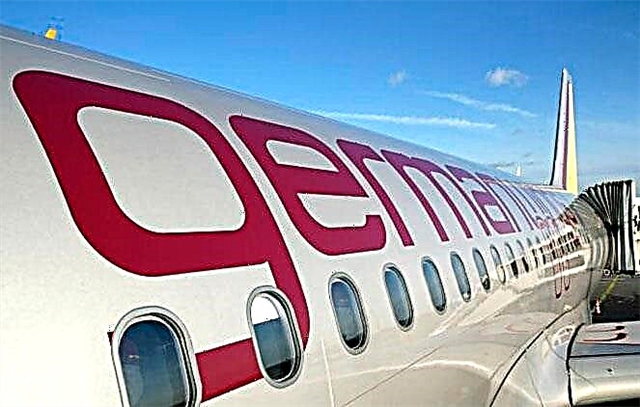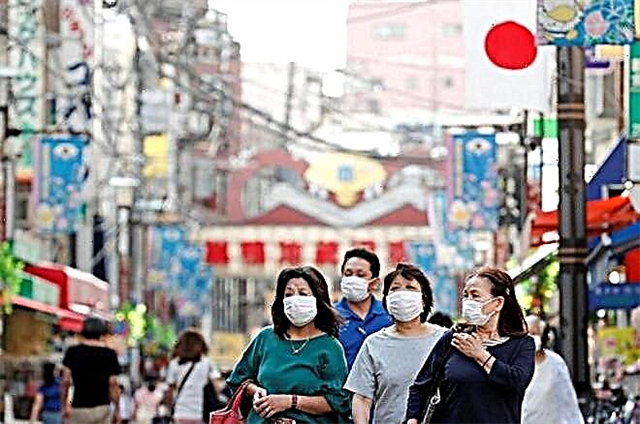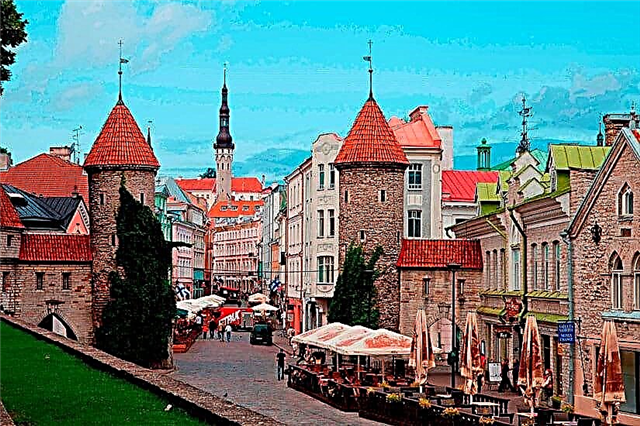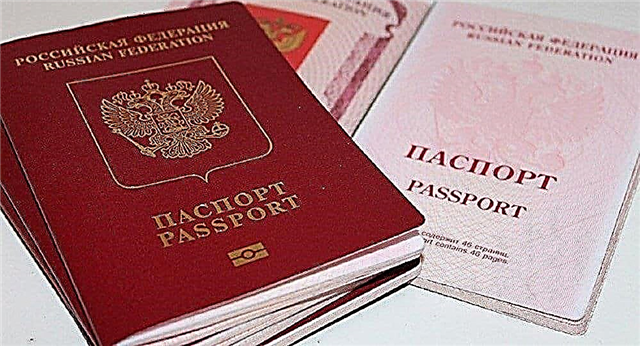A small but surprisingly beautiful country with an intriguing name Montenegro attracts crowds of tourists who come here to spend money. The share of revenues from the tourism industry reaches up to a third of GDP. Since 2002, the official currency in Montenegro is the euro, and the Central Bank has no right to issue its own. Despite the fact that the country is not yet a member of the European Union, the government is actively implementing modern common European norms of monetary circulation.

Montenegro money history
The country is ancient, but the history of its own money is very short. In the Middle Ages, the territory was part of Serbia, it was a Venetian protectorate, then a Turkish one. The source of foreign exchange earnings even then were external forces. Whatever the currency of Montenegro was before the euro: even the acquisition of independence at the end of the 18th century did not initiate the issue of its own coin.
Astro-Hungarian crowns, Turkish lira and French francs circulated in the country until 1909, when Prince Nicholas I Petrovich issued a decree on the introduction of the perper. The money was printed by the state treasury, the coins were gold and silver. Small change was called "couple", as in Turkey.
But fate has prepared for them a short life. In 1918, Montenegro became part of the Kingdom of Serbs, Croats and Slovenes, and the currency of Montenegro to the euro monetary unit of Montenegro once again changed its name and issuer. During World War II, the Bank of Italy ruled the country, and after its end the lira was replaced for a long time by the Yugoslav dinar.
Since 1999, a parallel circulation of the German mark began, completely replacing the dinar a year later. And two years later, the euro came to the country forever, replacing the previously used banknotes, and the coins of Montenegro began to be called euro cents.
Exchange and cashless payments
The country's banking sector is assessed as stable. By the way, many Russians invest in local businesses, buy real estate, and open accounts freely. Branches of 11 European banks, including Societe Generale, ERSTE Bank and Raiffeisenbank, operate here.
The dollar or the ruble do not have free circulation, so it is impossible to pay with them. You need to come here with a euro in your pocket or on a card, since it is he who is the national currency in Montenegro today.
Visa, MasterCard, Maestro and Diners Club are accepted almost everywhere, with the exception of very small shops and markets. If cash is needed, ATM machines are available in city centers. There are most of them in Budva.
There are no branches and ATMs of Sberbank, but they are available in neighboring Croatia, Serbia, Bosnia and Herzegovina. In extreme cases, you can use the exchange: cash can be exchanged at the airport, hotel, but better at a bank.
There are enough branches, but there is no uniform work schedule. You should be interested in this in advance. Most branches in the outback are open only until 13.00 or 15.00. Large ones work from 08.00 to 19.00, on Saturdays - from 08.00 to 13.00, closed on Sunday. As a rule, the employees of the branches speak English and even Russian.
The post office also works on weekends. Here you can change money too, but the rate is slightly higher and queues are possible (3-5 people).
Exchange rate

The European Central Bank deals with what currency is circulating in Montenegro, as well as the management and administration of credit and financial policy. Money comes from outside, and local government bodies do not have banking leverage.
The exchange rate is the same for the eurozone, and is updated on the website of the Central Bank of Montenegro at midnight (00:00 hours). Each bank branch has a scoreboard or table where quotes of major European and world currencies are presented. By the way, the ruble is not on the list.
VAT refund
The value added tax (VAT) in Montenegro last year was increased from 17 to 21%. Tax legislation provides for taxation at a zero rate of sale of goods exported by a buyer who does not have a permanent residence in Montenegro. The country is included in the European Tax-free shopping system.
The minimum purchase amount should be 100 euros, but you will not be able to receive money immediately at the airport upon departure or at home in a Russian bank. The return scheme is somewhat different. Necessary:
- Receive a receipt from the seller and issue a value-added return application (PDV-PP) in duplicate. A passport is required.
- Make photocopies of the first page of the passport, which will be needed at customs.
- Before passing through passport control, present the goods in packaging to customs officers along with prepared documents and get a stamp on PDV-PP. The employee must ensure that the goods are for personal use. No more than 3 months should pass from the date of purchase.
- Return to Montenegro within 6 months of purchase.
- Show a stamped form at the same store and receive your refund.
Currency rules

On the territory of Montenegro, it is planned to maintain European rules regarding the import and export of currency. But so far they are different. Cash can be brought into the country without a declaration, if the amount does not exceed the equivalent of 2 thousand euros, without explanation of origin ─ up to 10 thousand euros (declared).
If the amount is more, supporting documents are required. You can take out 2 thousand euros in excess of the previously declared amount. If a foreigner received a bank transfer, this must be documented.
Possible questions
Russians love Montenegro for its wonderful climate, good business opportunities, relatively low prices and a hospitable population. In this section, we have collected answers to questions that may arise for those who are planning to travel to Montenegro for the first time on vacation or on business.
- How much money to take with you to Montenegro? It all depends on the duration of the trip, accommodation option and personal requests. Everyone has their own budget. The cost of food, tickets for public transport is low. For a normal life, taking into account the necessary 100 euros per day per person, it is enough for the eyes.
- What is better to take to Montenegro: a bank card or cash? It is more convenient to use both. It all depends on the situation. Distribute funds evenly. This is the best option.
- Is it possible to pay in another currency and which is better, euros or dollars? Cash must only be kept in euros. Others are not used here. Preferably in bills of different denominations.
- Which bank card is better? MasterCard is more profitable than others, as pegging to the euro minimizes the cost of double conversion.
- Can I use a ruble card? It is possible to withdraw money from a Russian bank card even with a ruble account, but with a commission. It is worth asking about the sizes before the trip.
In principle, everything is like in Europe ...
Conclusion
In the end, we will tell you how much money it is desirable to take to Montenegro for a week and give some practical advice. Why a week? It is for this period that most Russian tourists go to this country. What can you advise:
- Buying euros at home.
- Carrying small denomination bills ─ will be easier to calculate.
- Get a bank card in Euro currency. One that makes it possible to use it abroad with a minimum commission. It is worth asking the bank at home.
- It is customary in the country to tip at a rate of 10%, but there is no mandatory requirement.
If you do not take into account the cost of air tickets, a thousand euros is quite enough for a budget holiday.











